My Italian adventure started on December 26th, 2024, the day after Christmas celebrations with my family. It was a cold morning, -5°C, and the bus station was covered in snow. It was 7 AM, and in a strange twist, especially for Swiss standards, I was alone on the bus – that had never happened to me before.
The train from Zug to Milan was almost empty, except for a few skiers with their gear. The landscape outside was covered in typical northern Swiss fog, but as we entered the Gotthard Base Tunnel, I felt a thrill of anticipation. This tunnel, finished in 2016 and 57 kilometers long, is the longest railway tunnel in the world. Coming out of it felt like entering another world. The fog was gone, replaced by a bright, clear sky. Lake Lugano sparkled below, reflecting the sun’s rays, with the mountains standing tall around it. I was amazed; it was a really special moment. The Gotthard Base Tunnel was a huge engineering project that took 17 years to build. It shows Switzerland’s dedication to efficient and eco-friendly transportation.
After Chiasso, the scenery became less interesting, so I practiced my basic Spanish on my computer. After a short stop in busy Milan, I was on the train to Genoa. On this train ride, I tried to start speaking Italian. I talked with a woman in her forties, but we quickly switched to English. She said the trains were really bad in Italy, which I contrasted with recent statistics saying they were the best in Europe. She seemed surprised by this new information. She left the train after two stations, and two older men sat down next to me, talking animatedly in Italian. I tried to understand them and caught parts of their conversation that seemed to be about movies.
I eventually joined in, in English, and found out they were brothers talking about a film director who married a woman from their hometown. They knew a lot about Genoa, recommended places to visit, and told me that most Italian towns have a main street named after Giuseppe Garibaldi. This was news to me. The brothers explained that Garibaldi was a key figure in Italian history, a military general and nationalist who was very important for the unification of Italy. Born in Nice (then part of the Kingdom of Sardinia) in 1807 and died in 1882 on the island of Caprera, Italy, Garibaldi dedicated his life to creating a unified and independent Italy. His military campaigns, especially the Expedition of the Thousand, were crucial in bringing together the different states of the Italian peninsula. He lived a life full of adventure and military campaigns, spending time in South America, where he also fought for independence, before coming back to Italy to lead the fight for unification. His legacy is so big that it’s remembered in the names of streets, squares, and monuments all over Italy.
I did not know this person, but I had immediately positive feelings about the name because one of my favorite lakes is also called Lake Garibaldi. Located near Whistler, Canada, it was for a long time the most beautiful place I had ever visited. The brothers’ explanation of Garibaldi’s historical significance made this name connection even more interesting – how the same name could have such different but equally positive meanings across continents.
When I got to Genoa, I went to the Ostello Bello, which was conveniently close to the train station. I was lucky and got a room that was amazing for a hostel – a big, two-story suite that felt more like a fancy apartment. It was huge, on two floors. I slept on the second floor with a French guy, and on the bottom floor were a Brazilian guy and an Italian guy. When I asked at the reception if it’s normal to have such a nice room, they told me no, but sometimes they give these suite-like rooms to some guests, so I guess I was quite lucky.
I spent the afternoon exploring. I went up to Belvedere Castelletto, an old viewpoint that gives you an amazing view of Genoa. This place used to be part of the city’s defenses in the 16th century and offers a unique look at the city. It was built as part of Genoa’s “New Walls,” constructed between 1626 and 1639 to defend the growing city. Over time, it was turned into a public park and viewpoint, with one of the most spectacular views of the city, the port, and the Ligurian Sea. I then walked through the winding streets of the old town and finally tried some freshly baked focaccia, a local specialty the brothers on the train had recommended. After eating, I went to the aquarium, which was okay but not very special and also quite expensive at 31 euros. Then I went back to the old town and climbed up the Cathedral of Genoa, which cost about 5 euros. The view wasn’t amazing, but I was alone on the church, so I had some quiet time to myself, which was nice. The Cattedrale di San Lorenzo, as it’s officially called, is Genoa’s cathedral and goes back to the 12th century. It’s a beautiful example of Gothic and Romanesque architecture, with its black and white striped front and richly decorated inside. Building started around 1100 and finished in the late 14th century. Over the centuries, various additions and changes were made, including the dome in the 16th century.
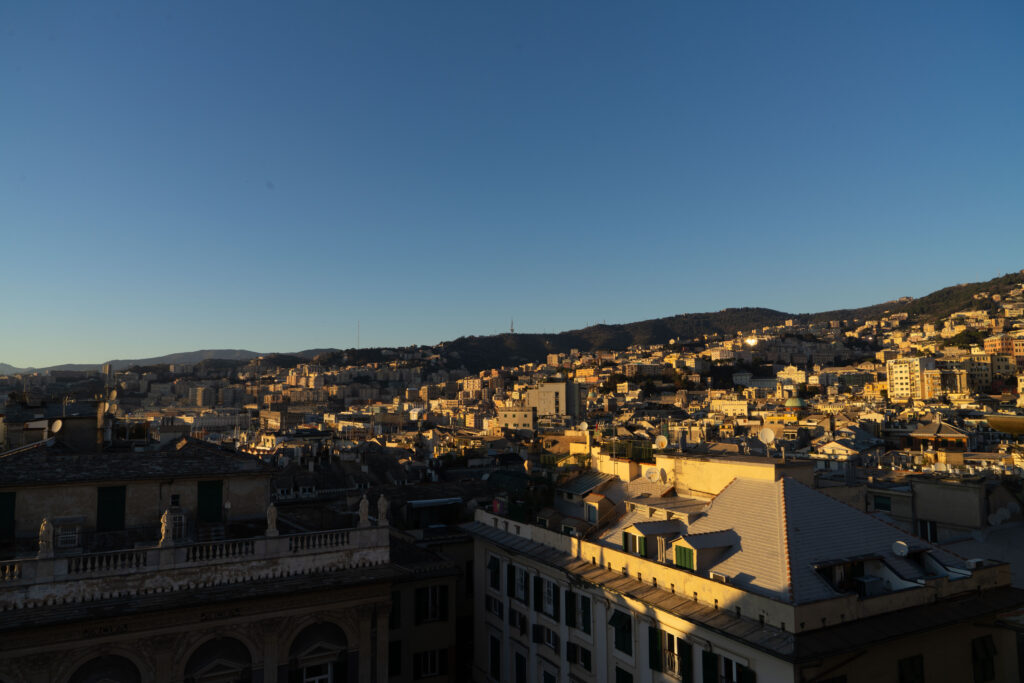
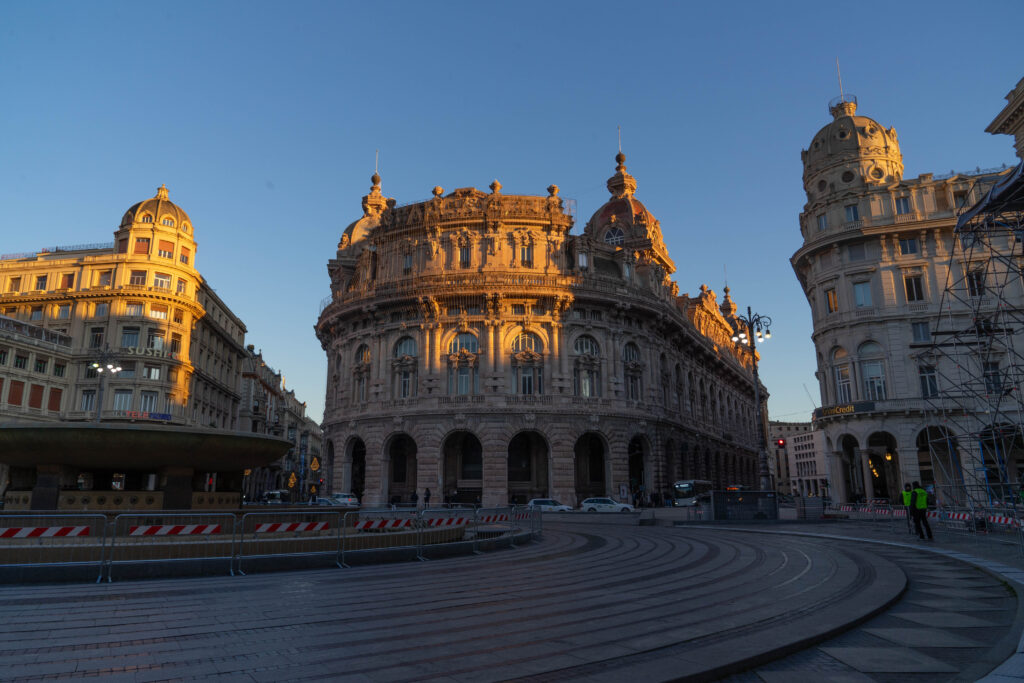
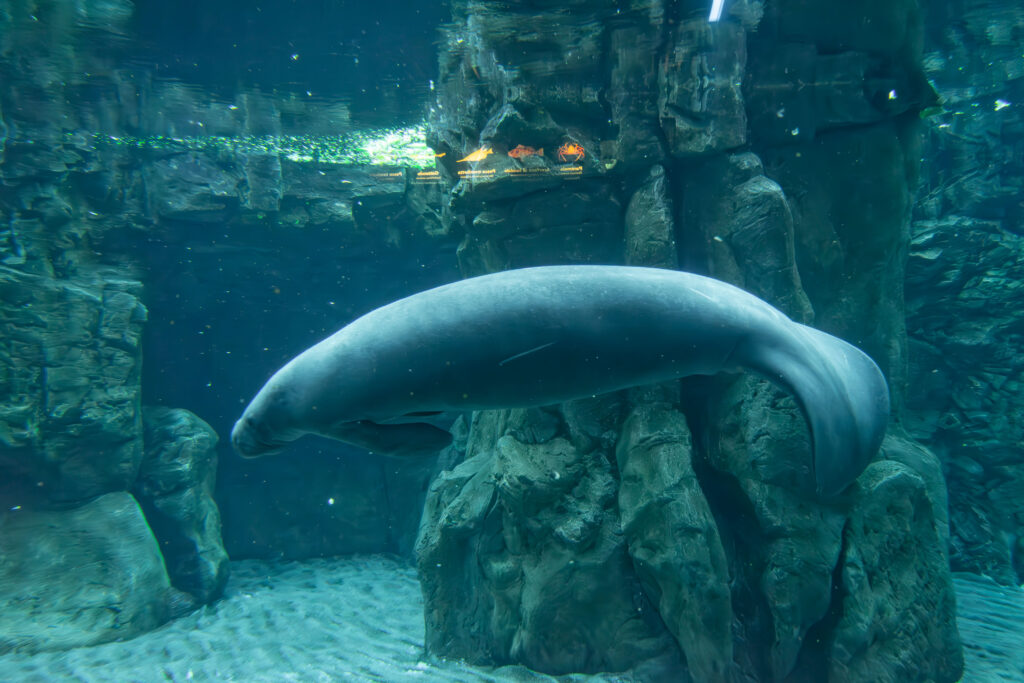
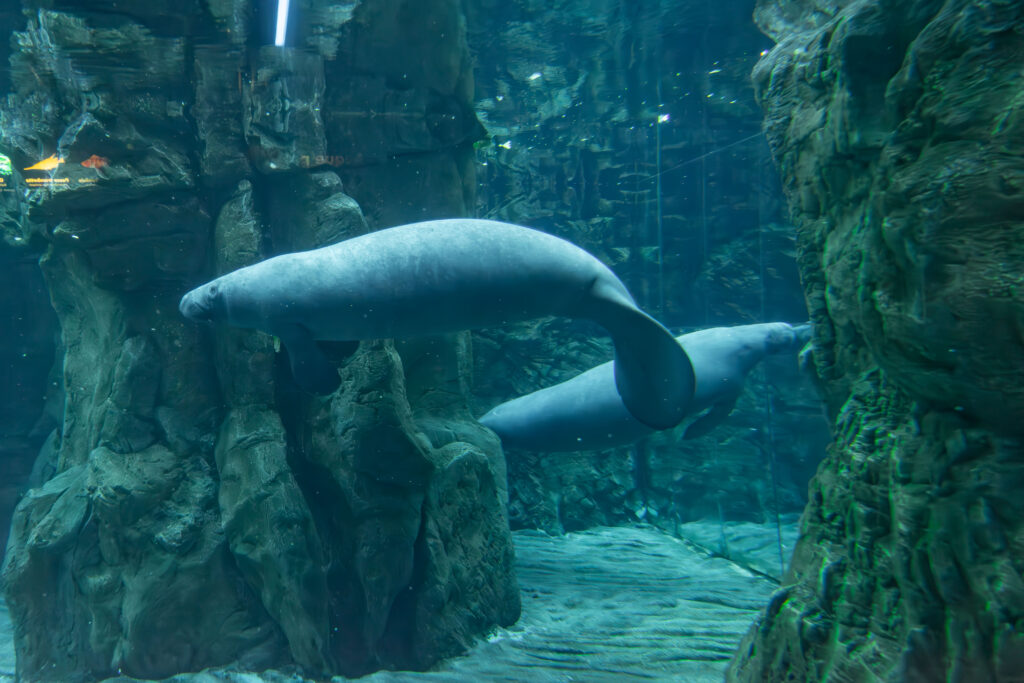
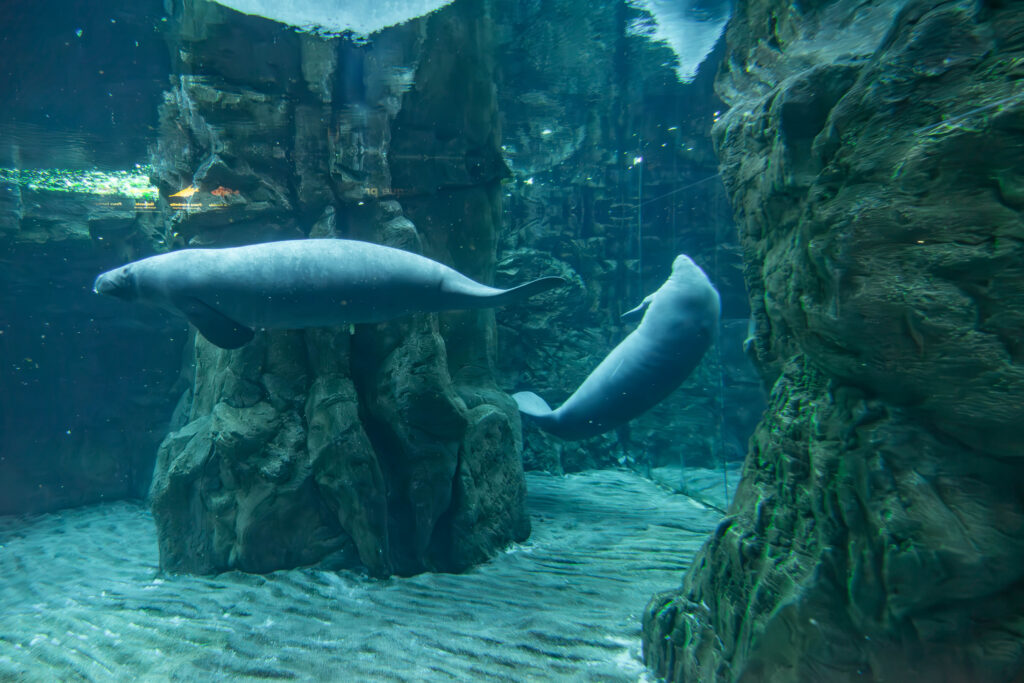

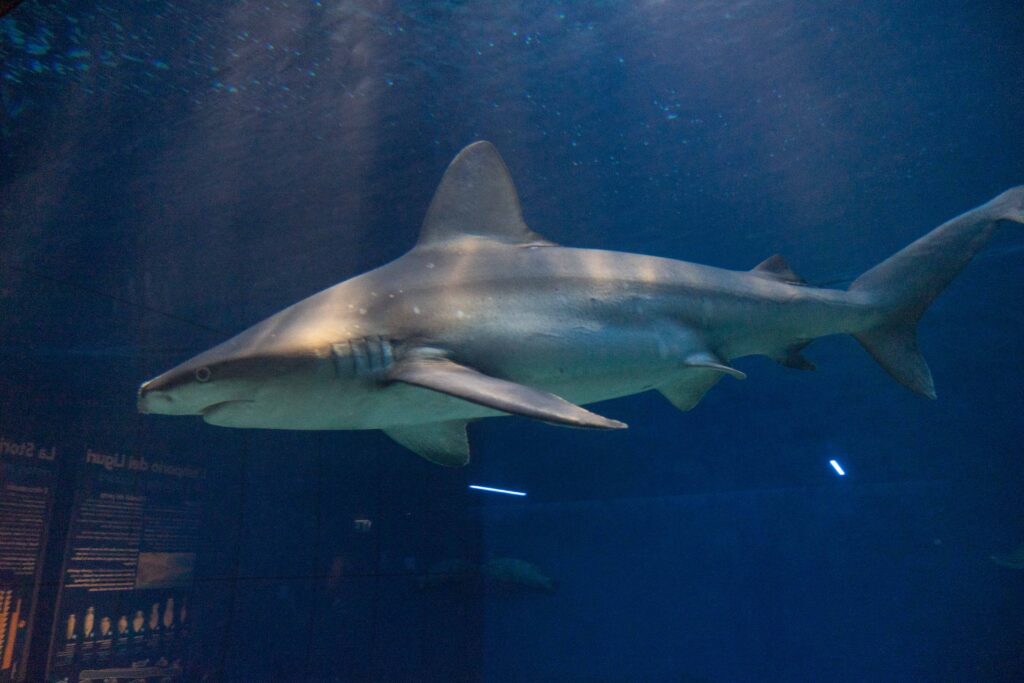
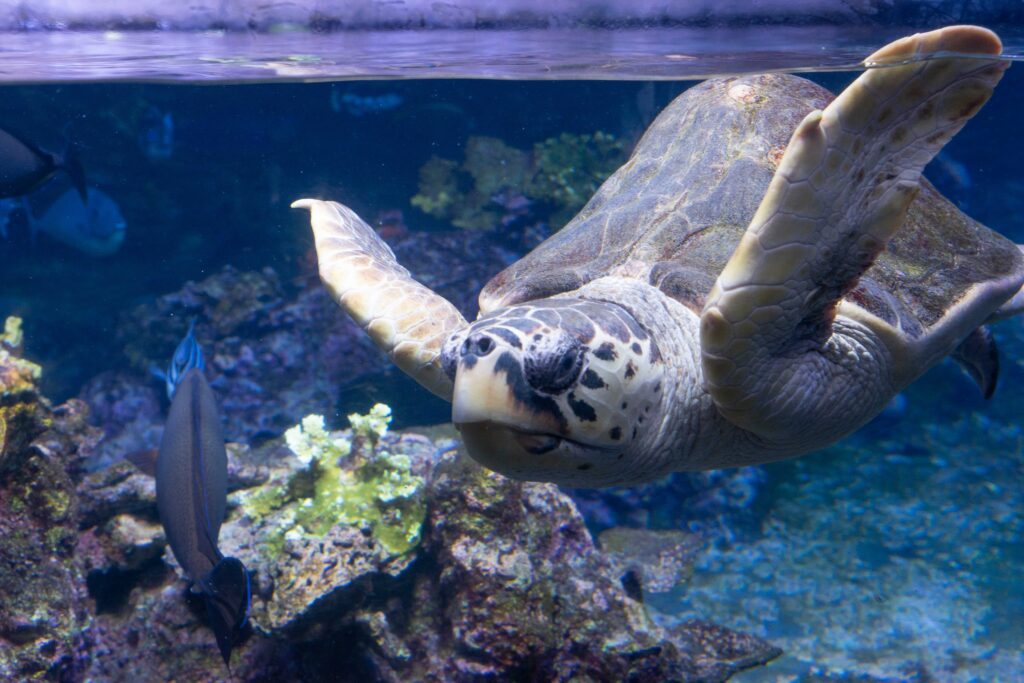
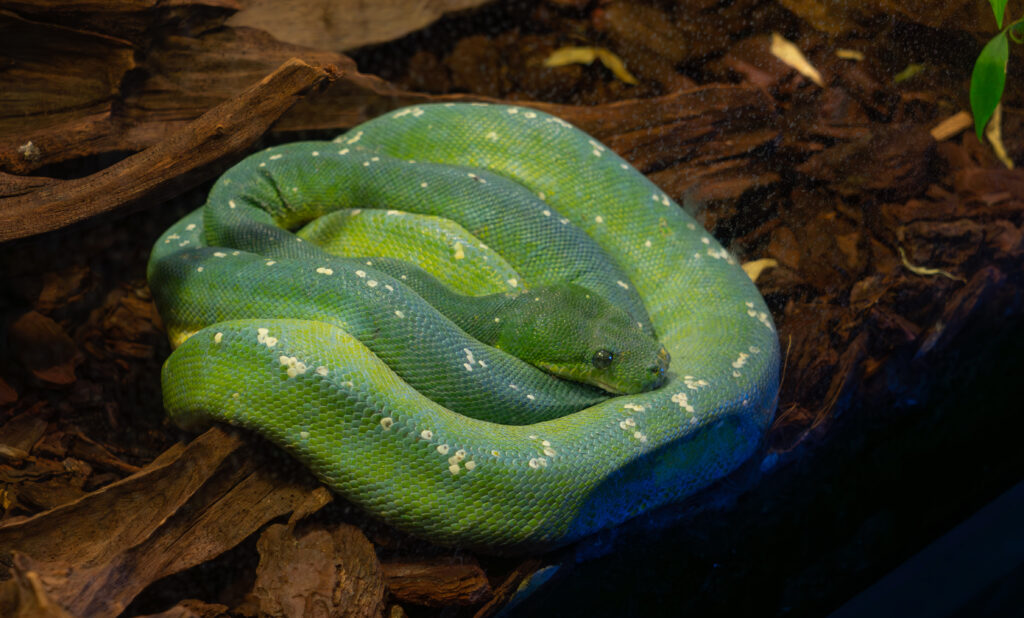
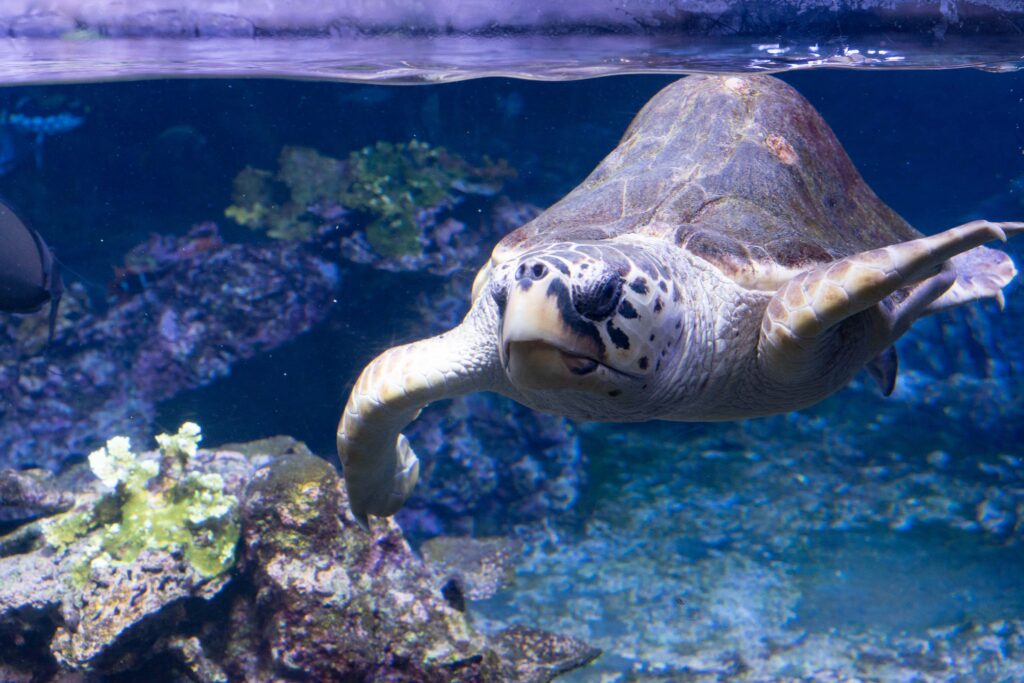
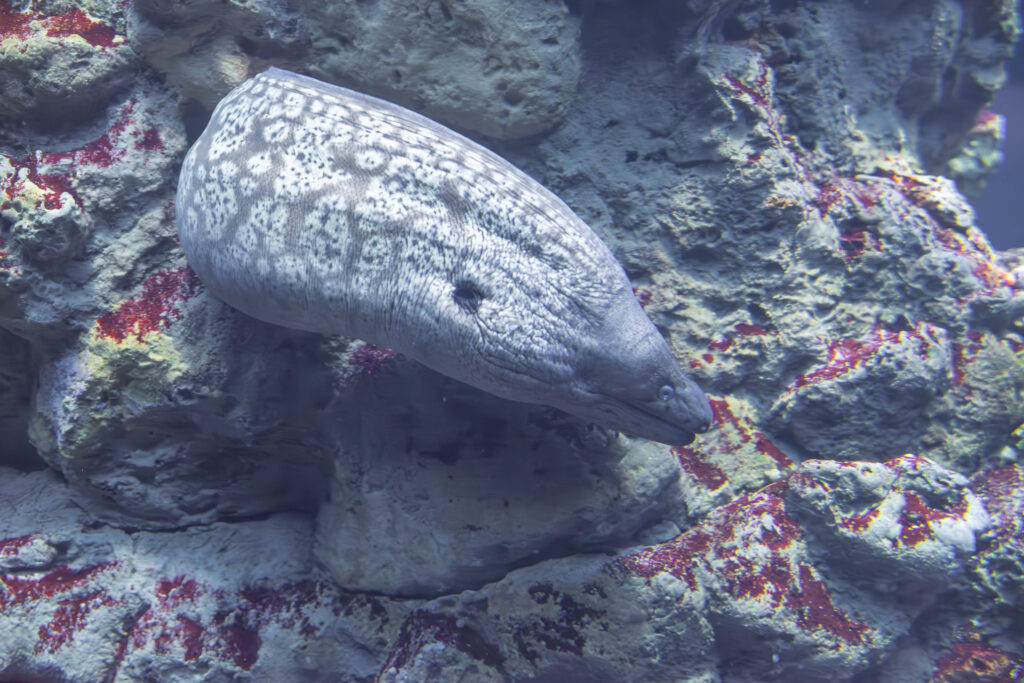

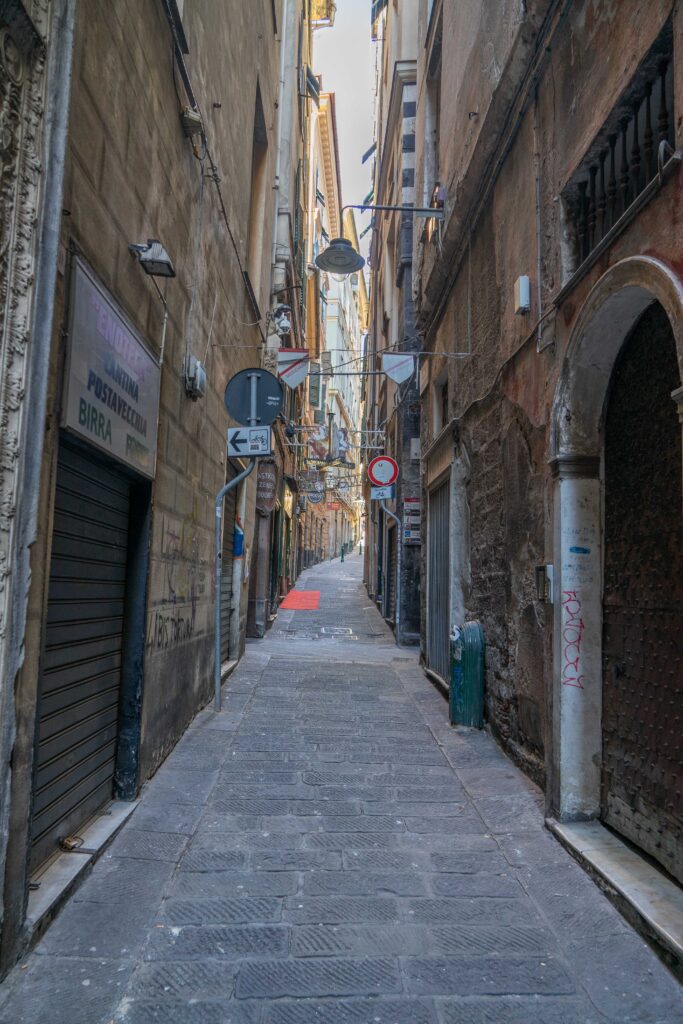

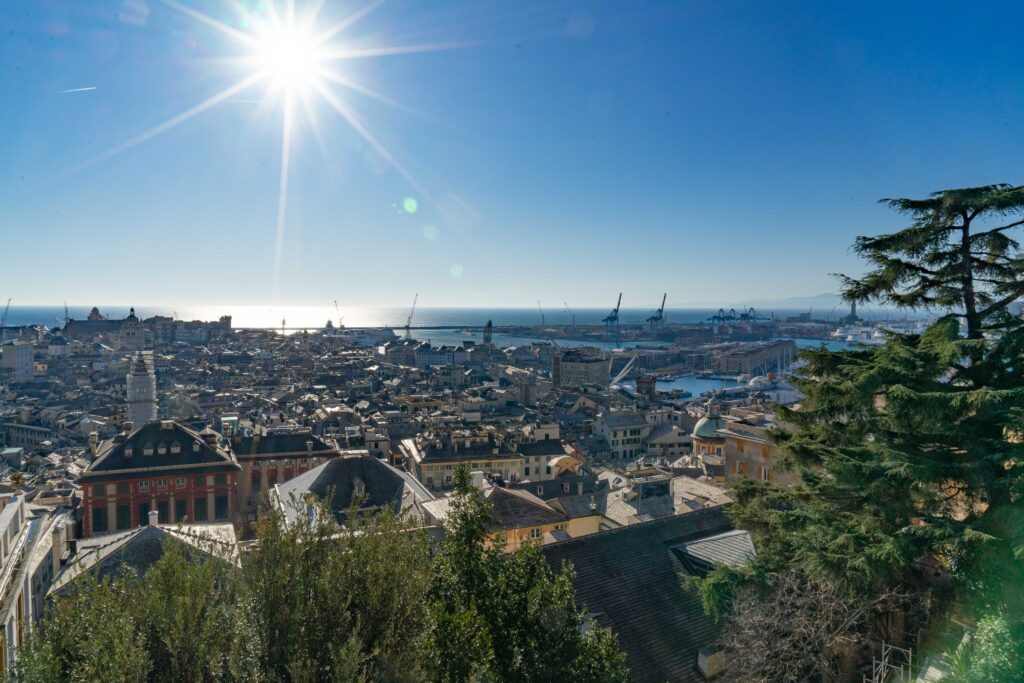

Dinner was a search for pesto, another thing that comes from Genoa. But because it was December 26th, many restaurants were closed. But my Italian roommate – a manager of a famous clothing brand (he had worked in many countries like Hong Kong) and the owner of a really impressive mustache – and I managed to find an open place. We ate and had a great conversation that went on late into the night, talking about his work experiences around the world, before finally going to bed around midnight. It was a good end to a day that started in the snowy quiet of a Swiss morning and ended in the lively, historic atmosphere of Genoa.
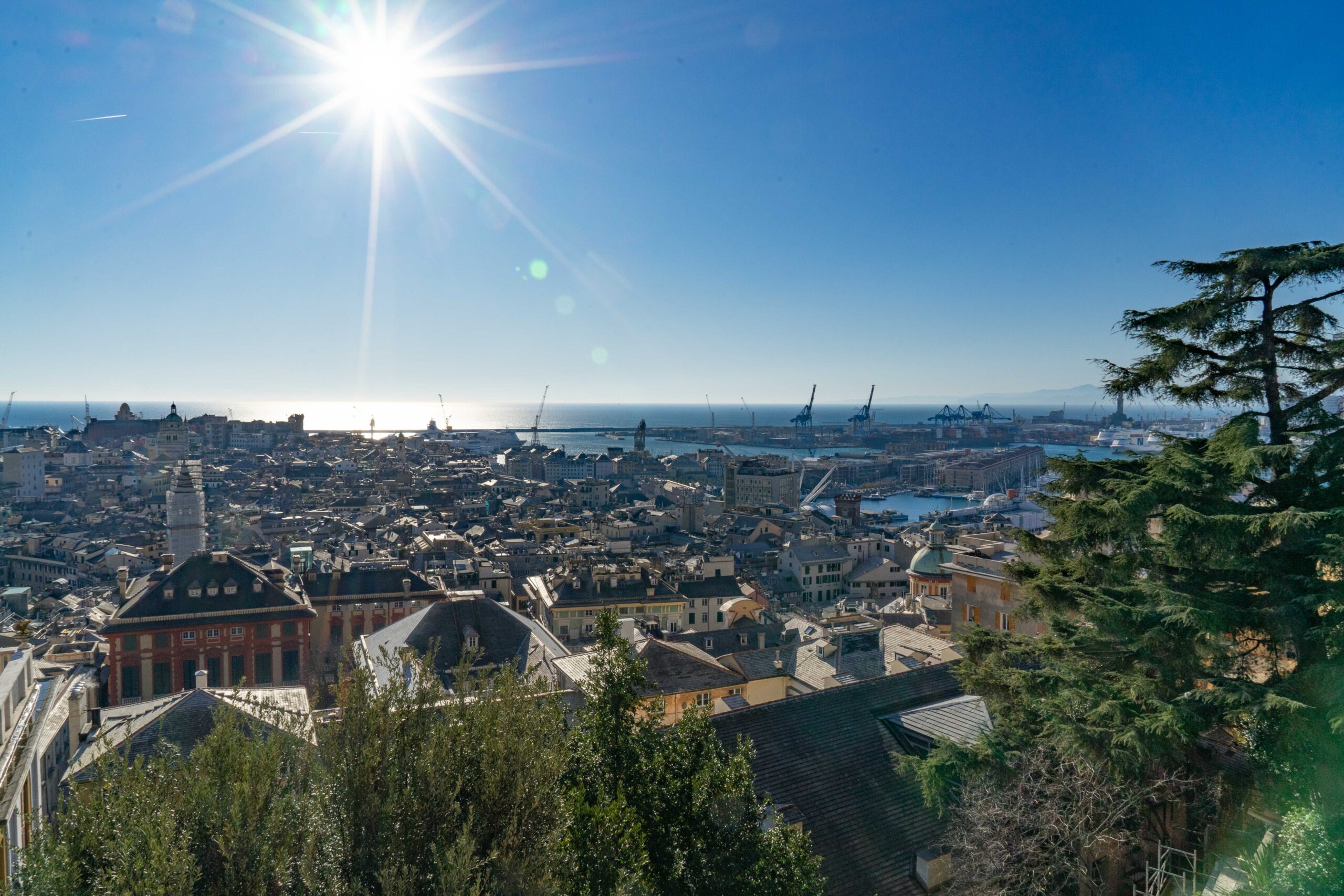
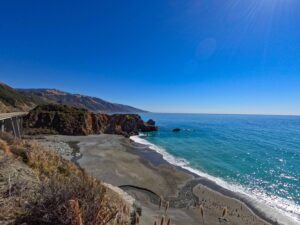


Pingback: Coastal Charms of Cinque Terre – Matthias Meyer